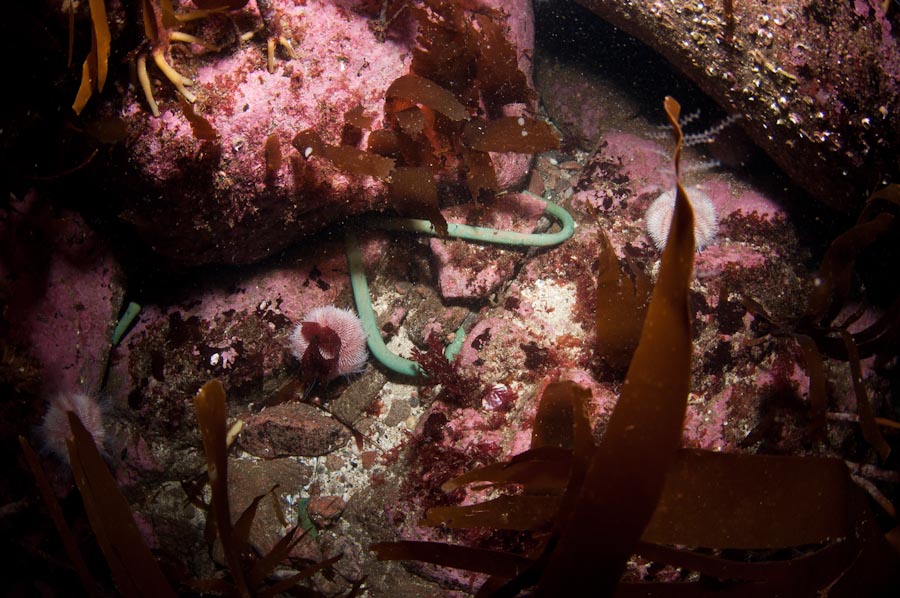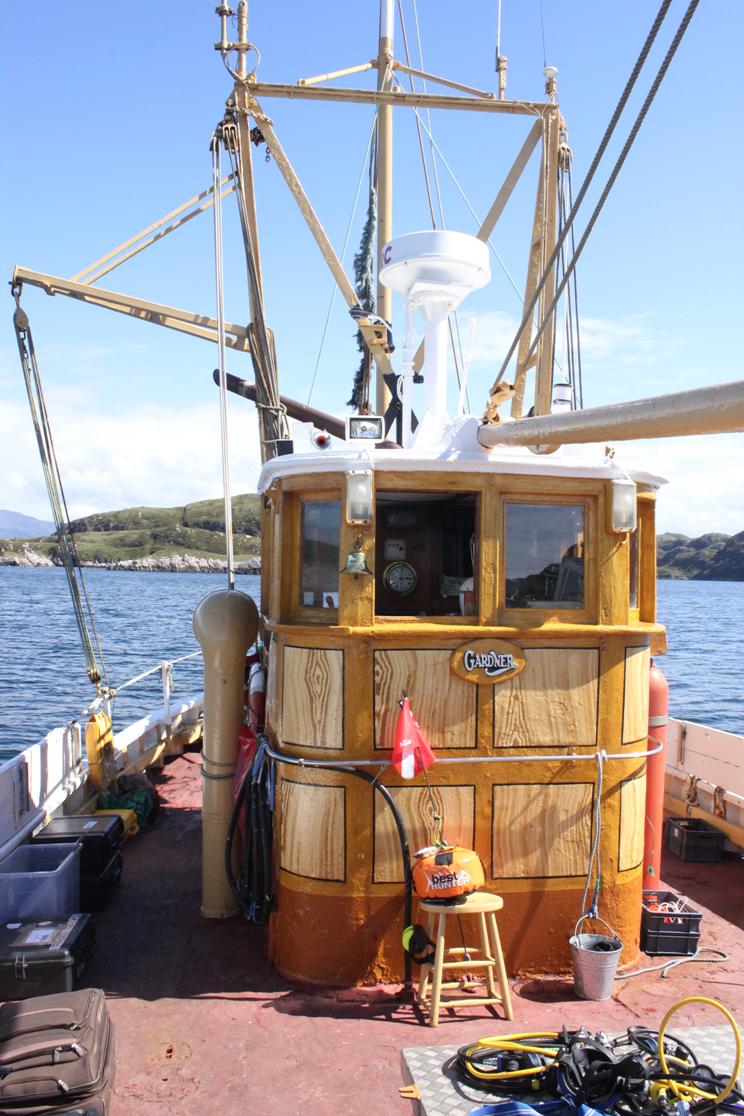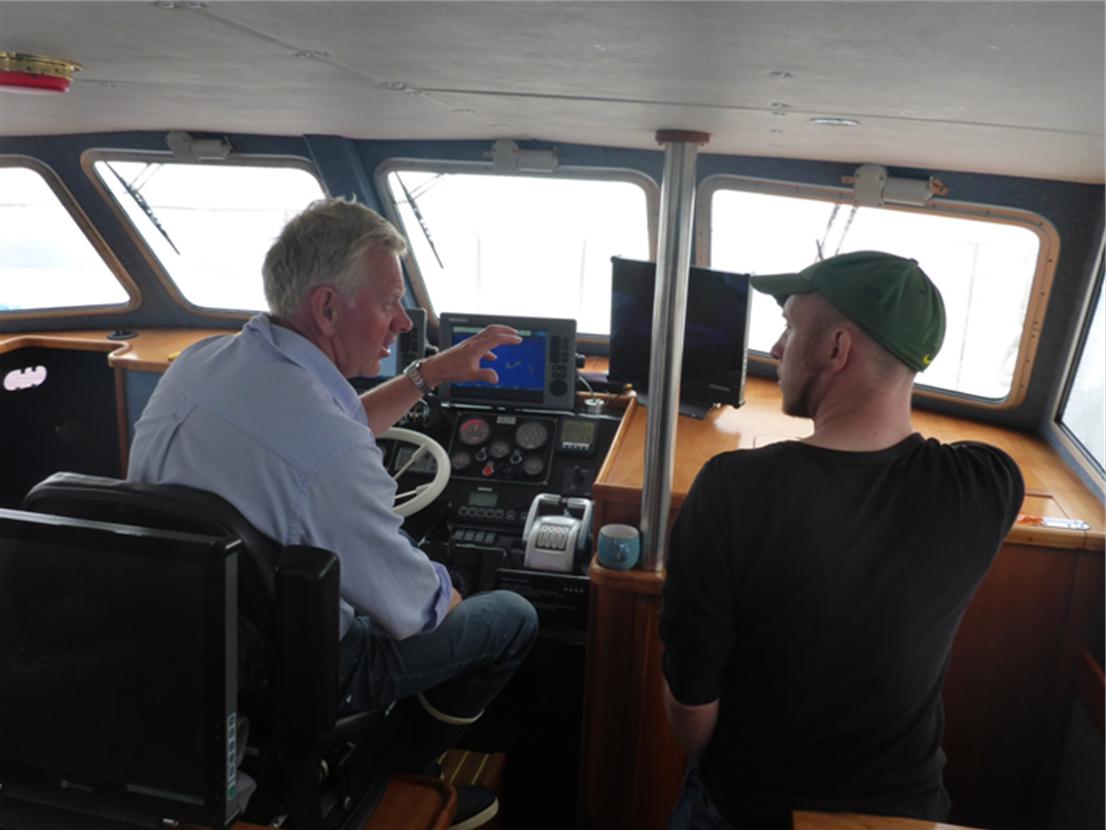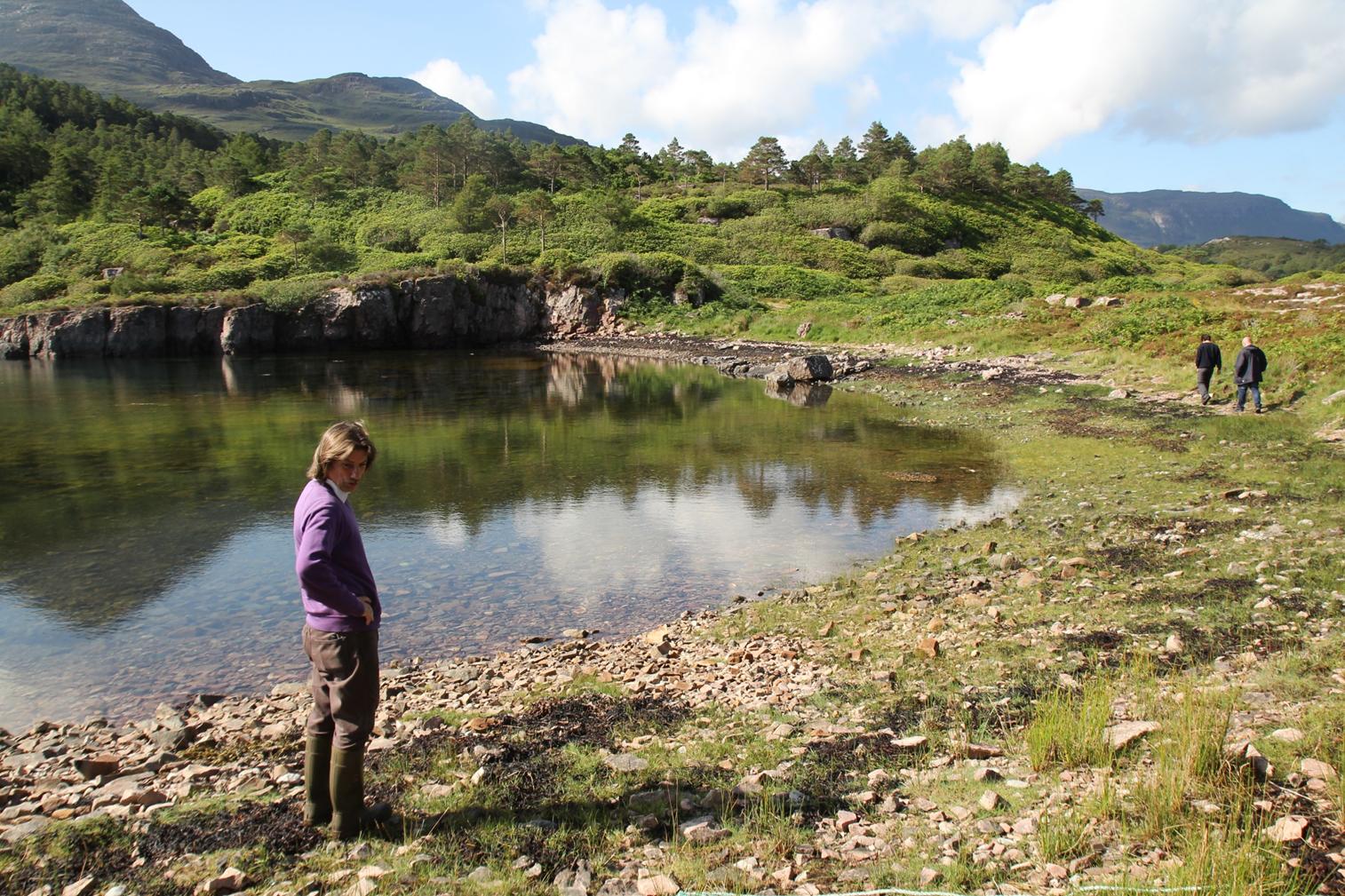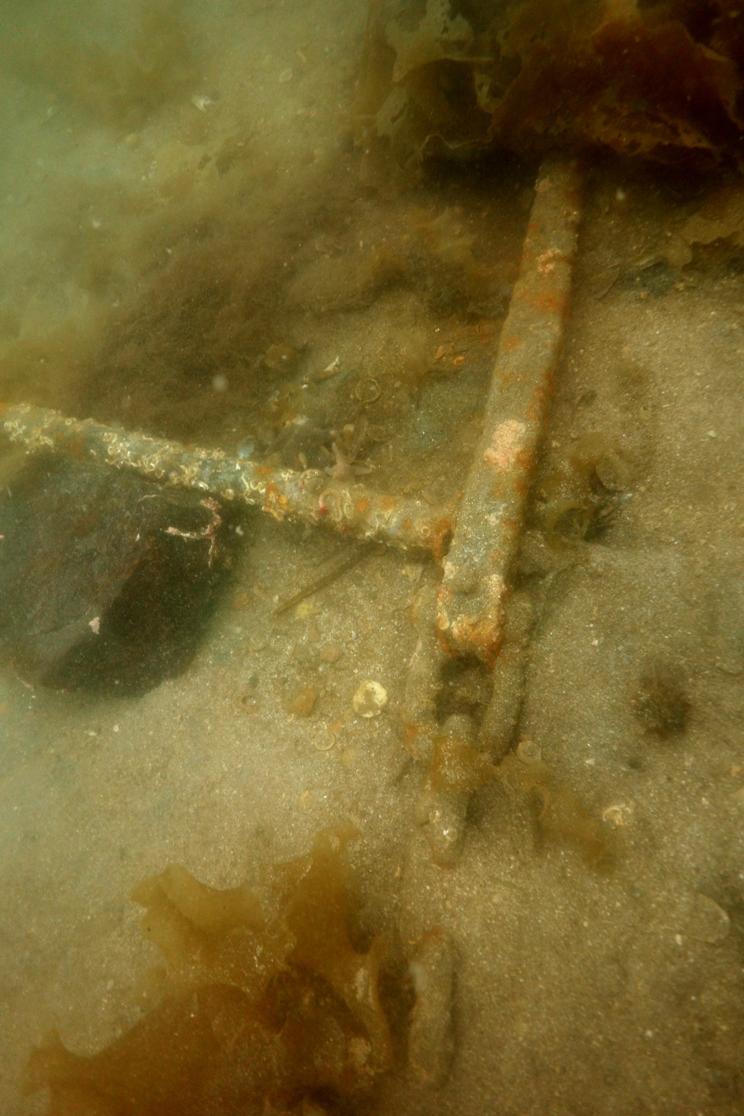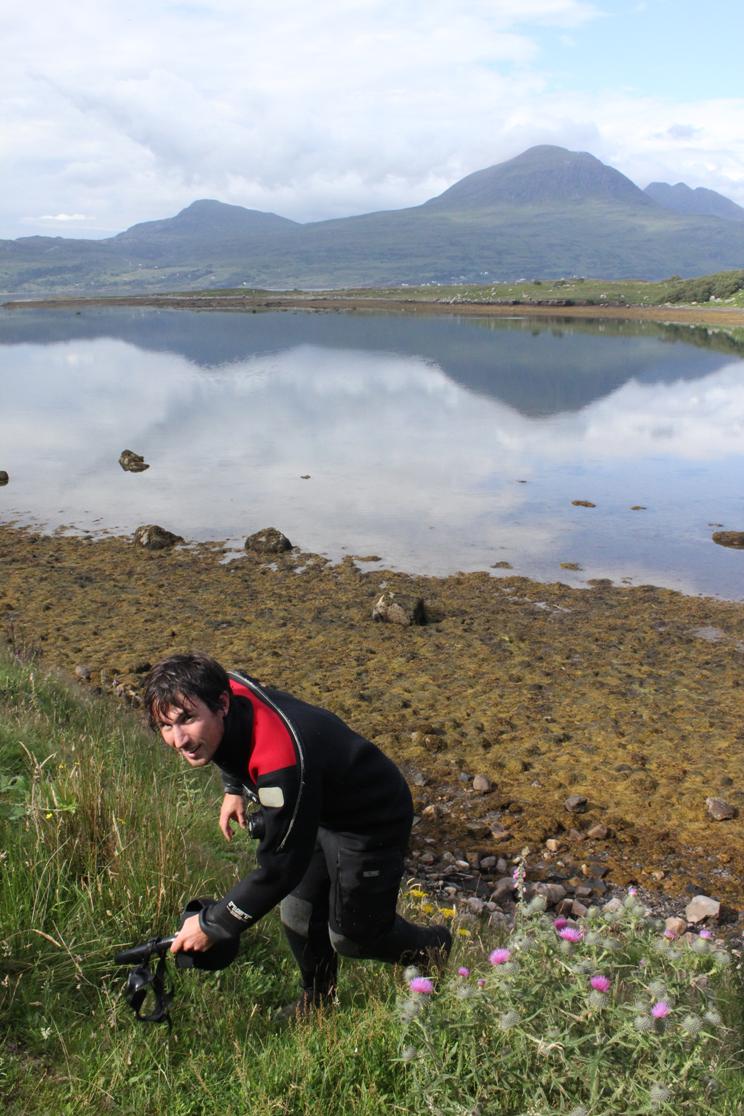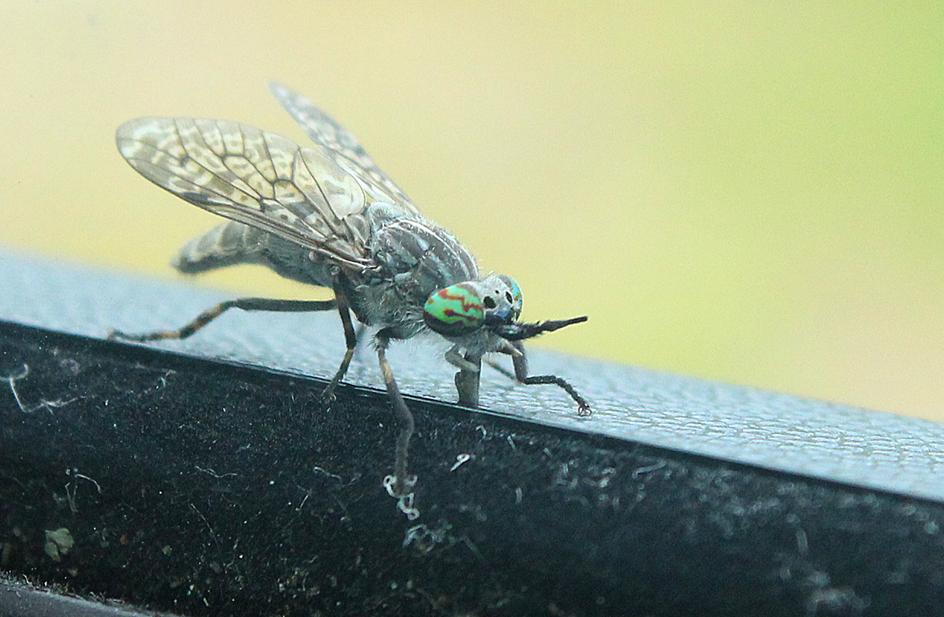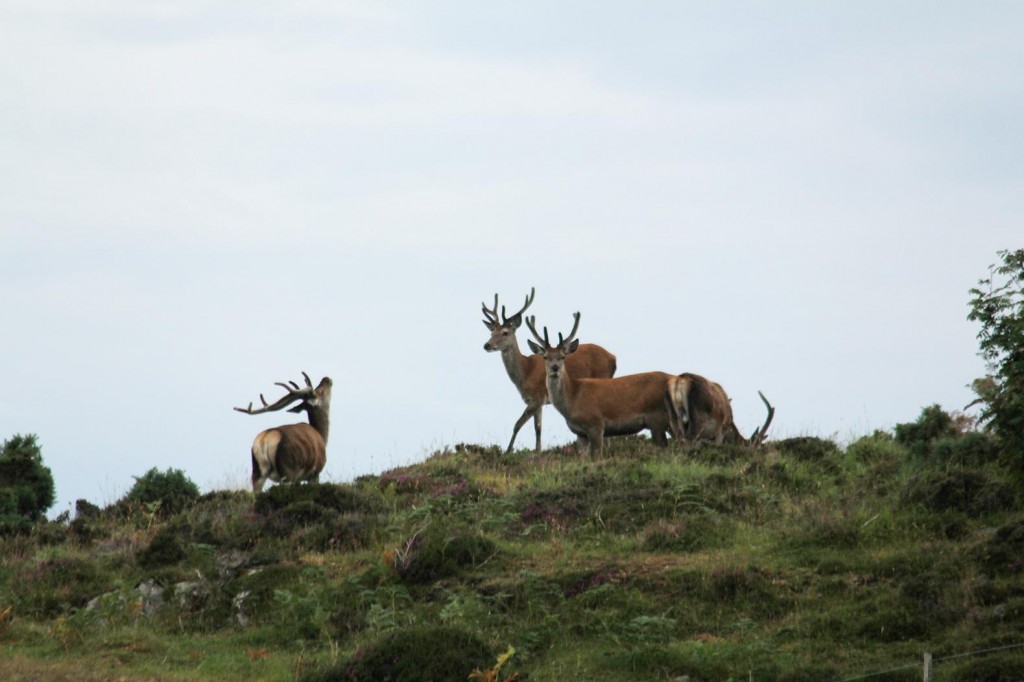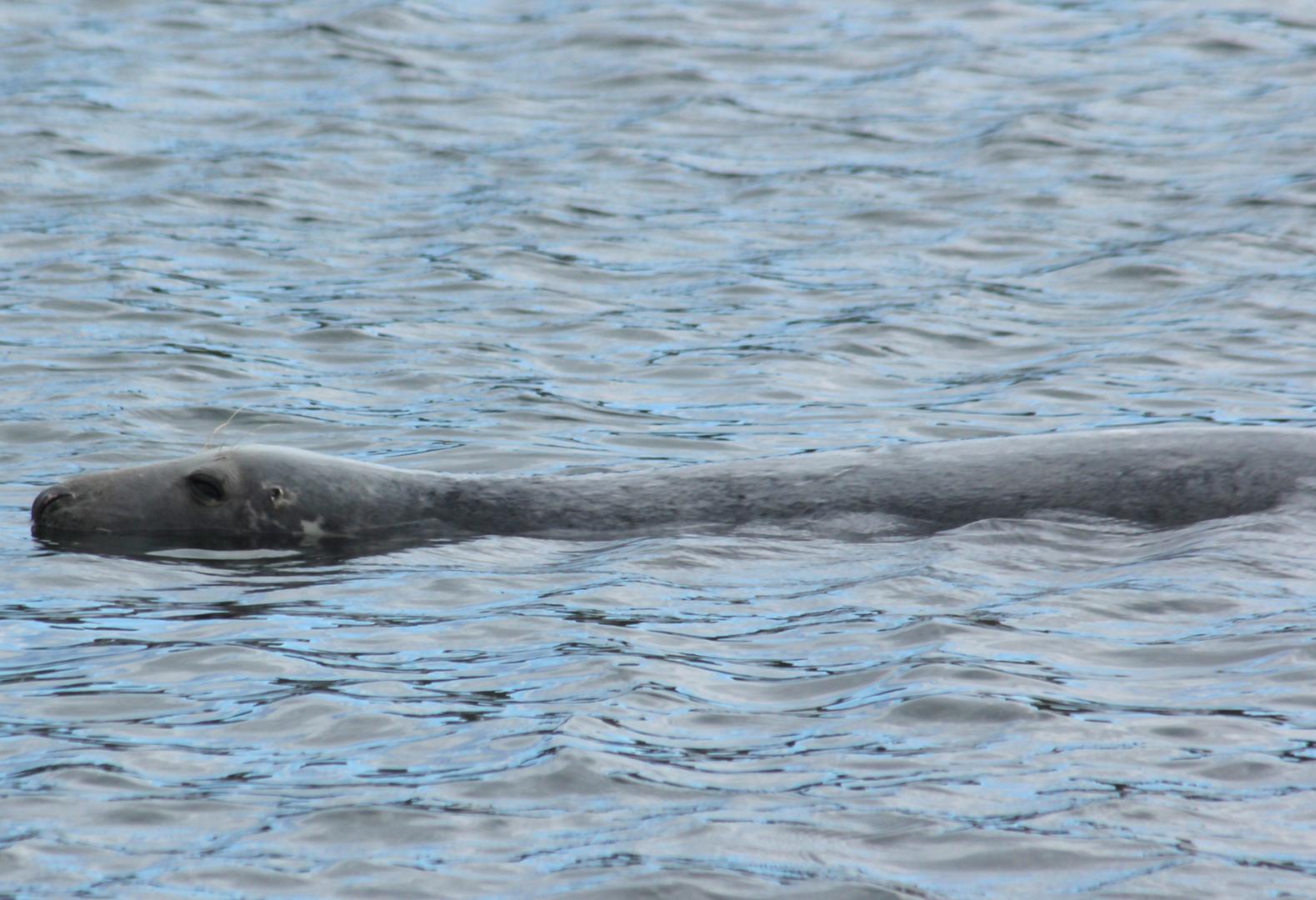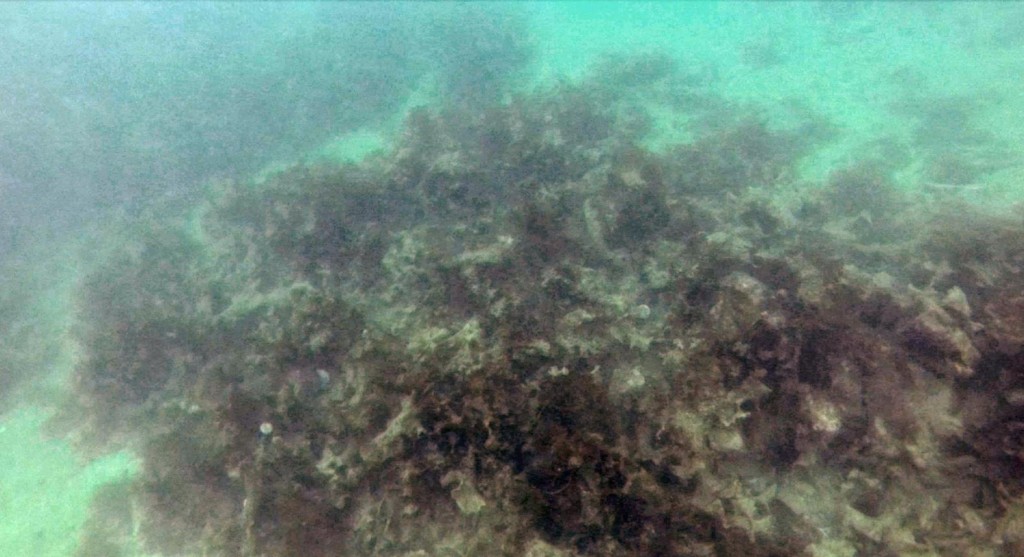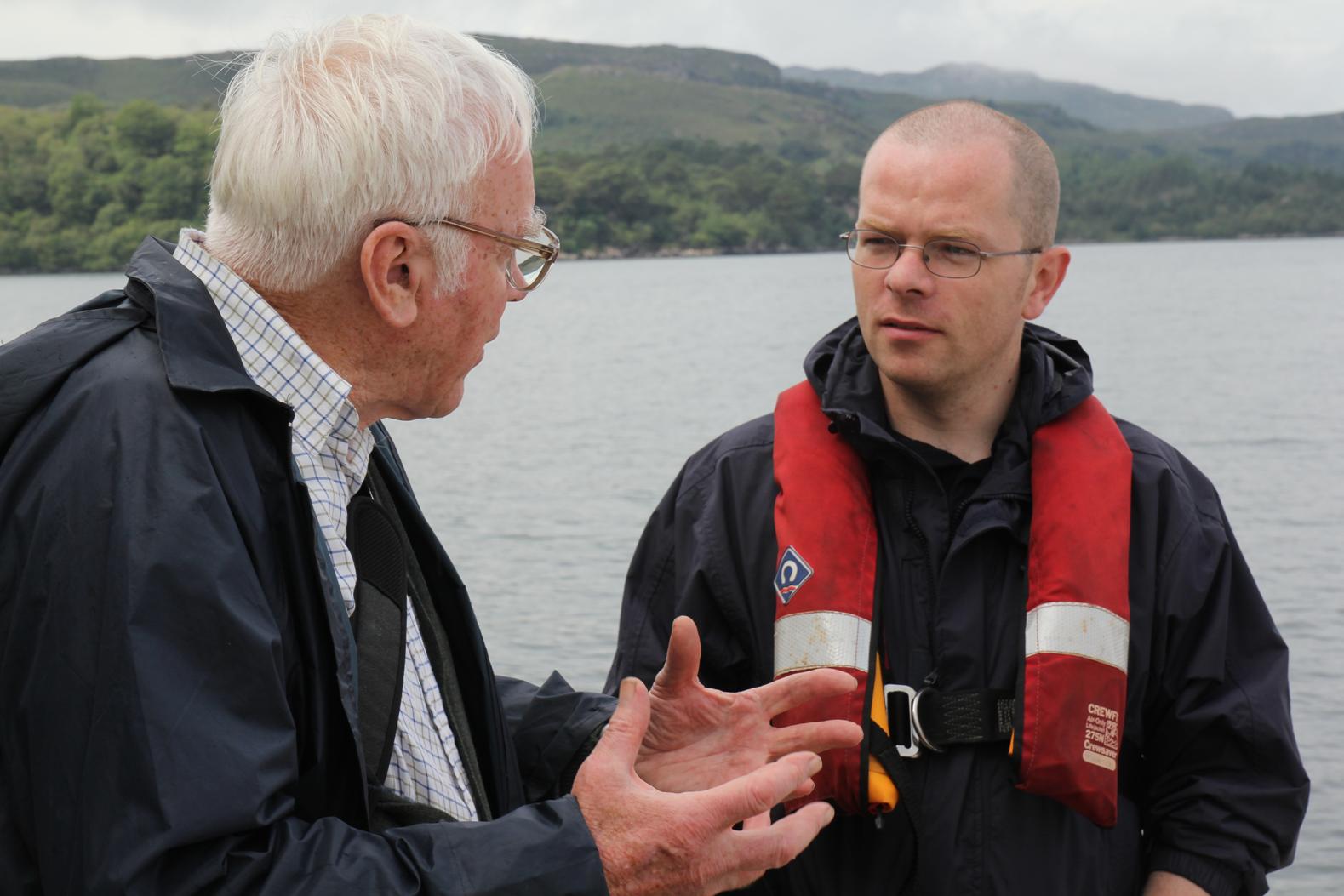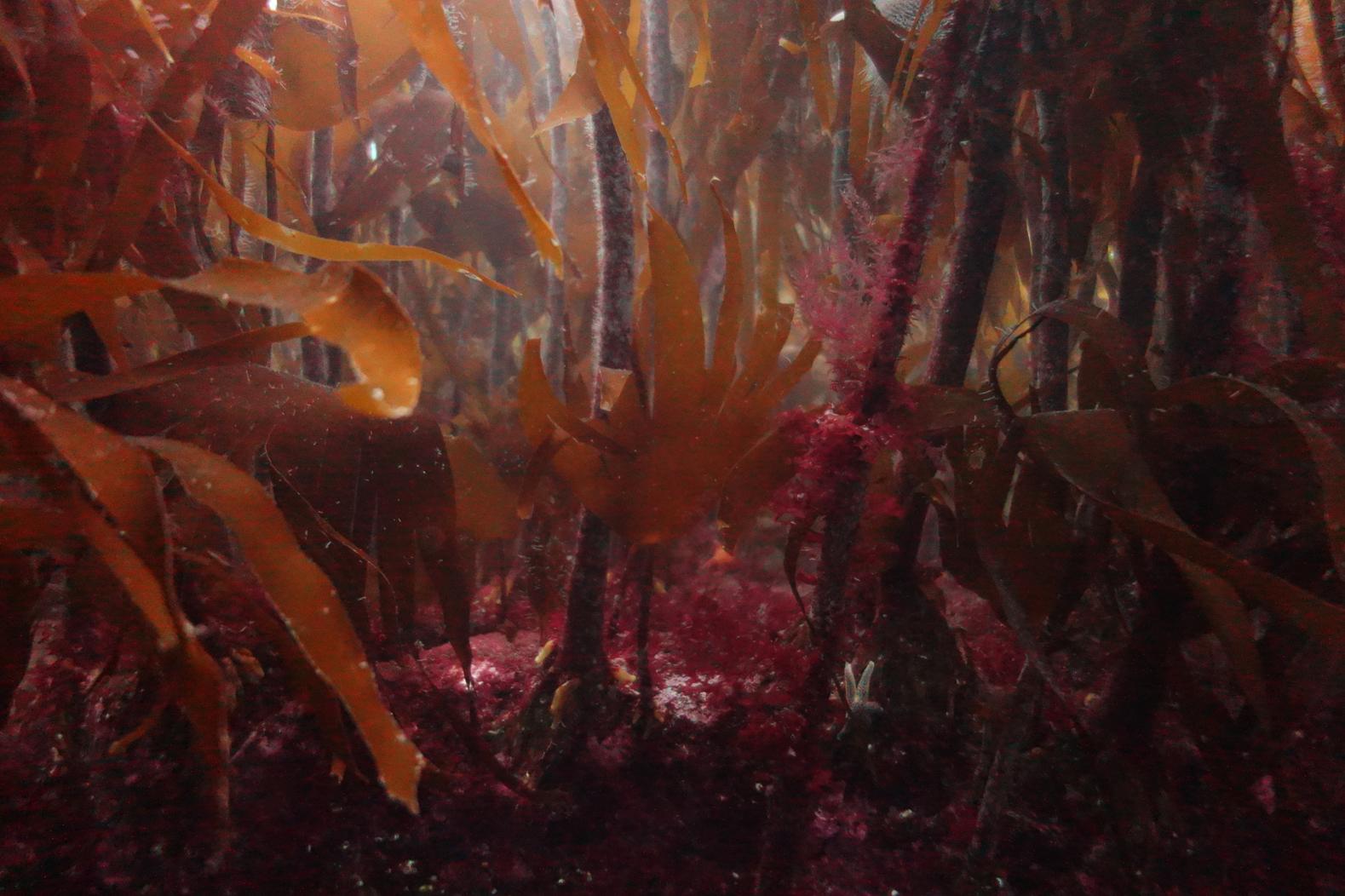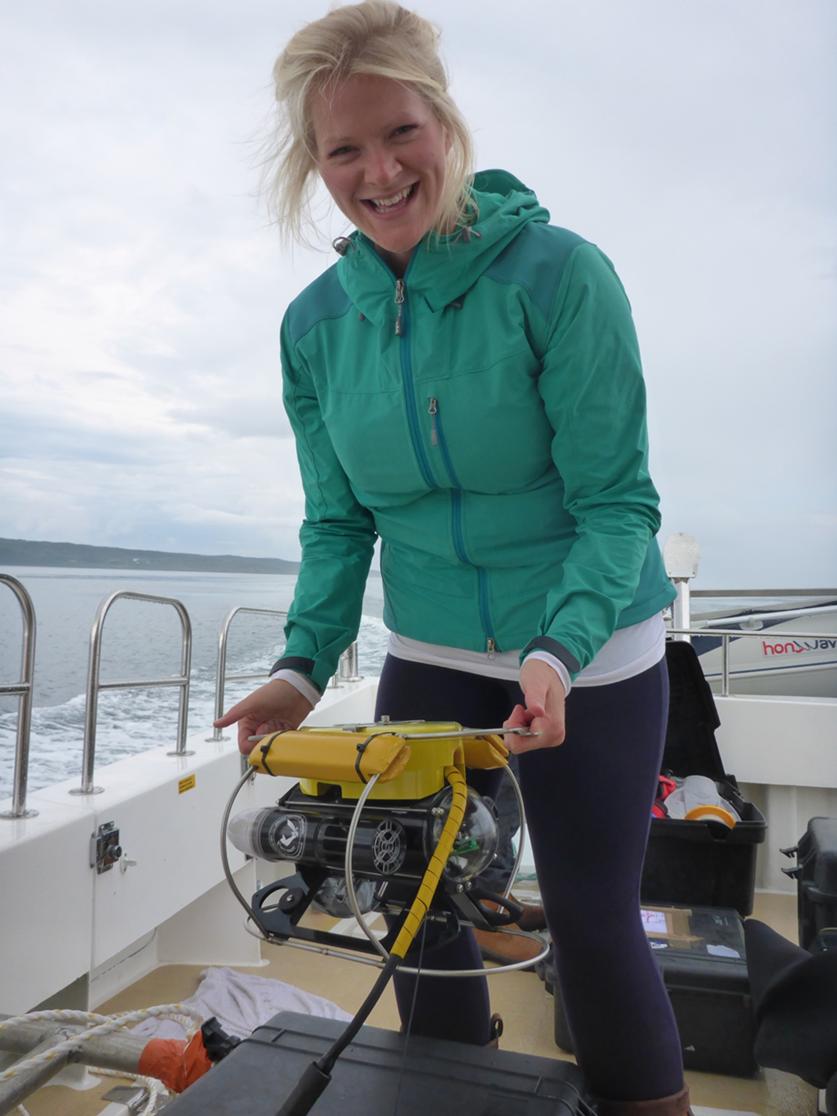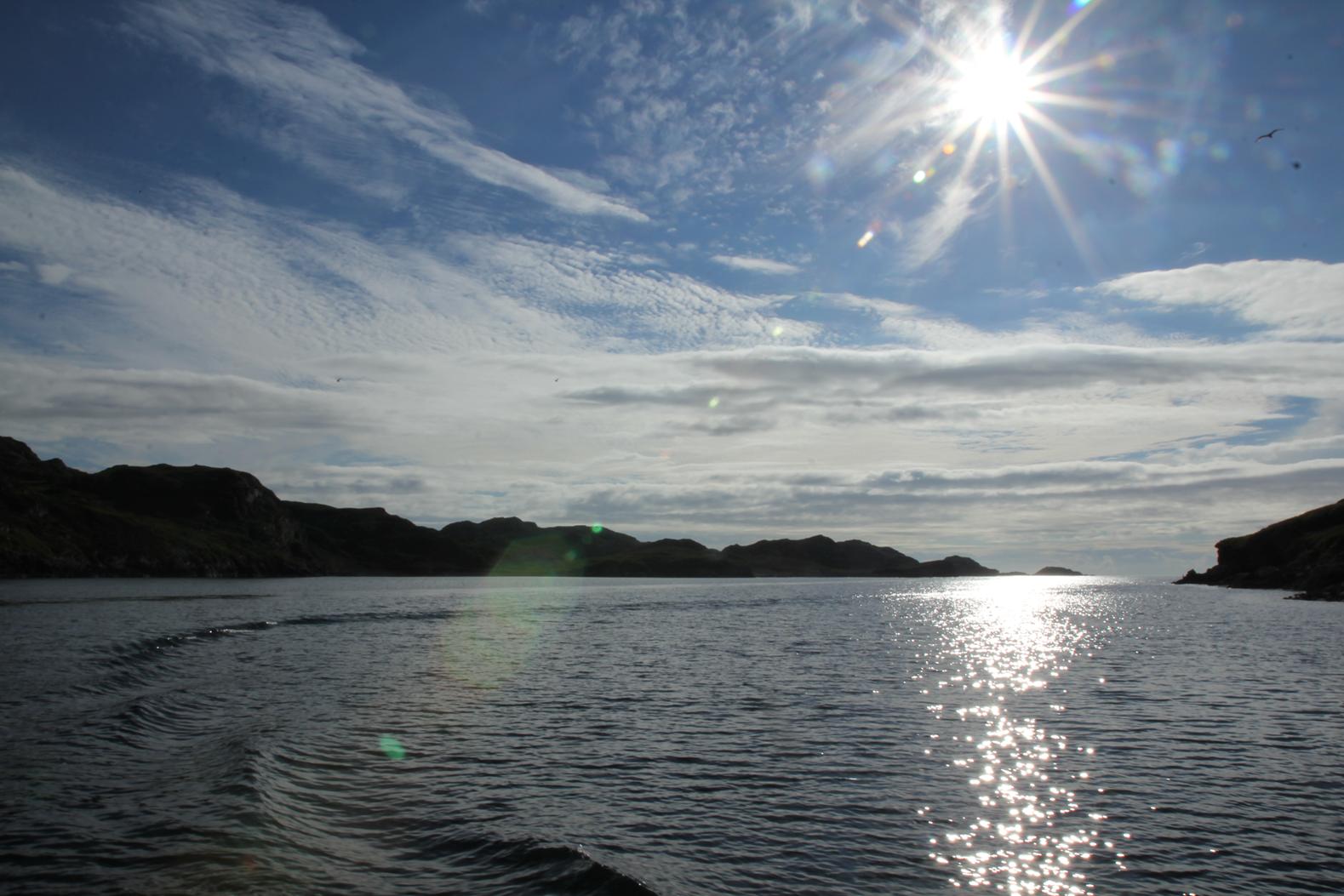Another newly discovered shipwreck has been reported as part of the SAMPHIRE community project! Wreck material has been discovered at Eilean nan Roin, near Kinlochbervie, by two of our key community informants, recreational divers, who have reported a number of new discoveries to us already this year. The divers contacted us after unexpectedly discovering a cache of copper bolts in a gully while diving to free their anchor on the 13th August. They have provided us with a set of photographs of the artefacts in situ on the seabed and exact coordinates. Copper bolts were used in the construction of 19th century wooden-hulled ships. They were generally used below the waterline.
We don’t have a definite identification for the wreck yet. There are two unlocated recorded losses in the RCAHMS database in this area, the Mersy, a wooden schooner of 188 tons built in 1839 and lost in 1878 and the Gem, also a wooden schooner, of 60 tons built in 1852 and lost in 1874. The diameter of the bolts is quite large and suggests that they may be from a larger vessel than either of these.

